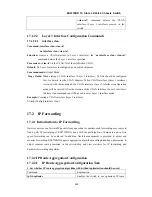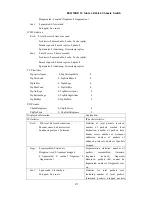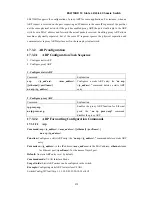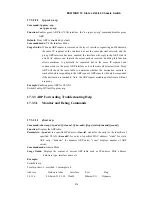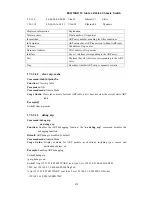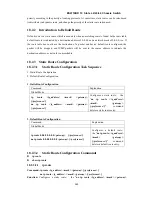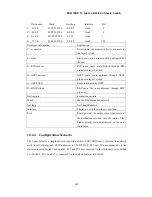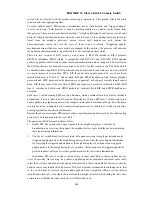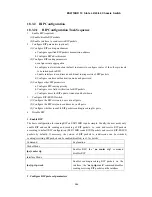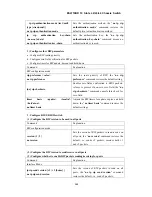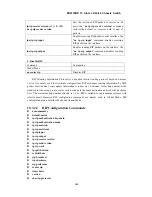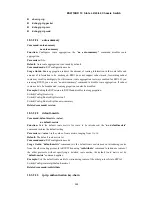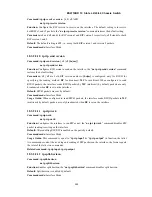
378
E
ES4710BD 10 Slots L2/L3/L4 Chassis Switch
Chapter 18 Routing Protocol Configuration
To communicate with a remote host over the Internet, a host must choose a proper route via a set of
routers/L3 switches.
Both routers and layer 3 switches calculate the route using CPU. The difference is that layer 3
switches add the calculated route in the switch chip and forward using the chip at wire speed.
Routers always store the calculated route in the route table or route buffer, and data forwarding is
performed by the CPU. For this reason, although both routers and switches can perform route
selection, layer 3 switches have greater advantage over routers in data forwarding. ES4710BD is a
layer 3 switch launched by Edge-Core that follows the described basic theories and methods used in
layer 3 switch route selection.
In route selection, the responsibility of each layer 3 switch is to select a proper midway route
according to the destination of the packet received; and then send the packet to the next layer 3
switch until the last layer 3 switch in the route sends the packet to the destination host. A route is the
path selected by each layer 3 switch to pass the packet to the next layer 3 switch. A route can be
grouped into direct route, static route and dynamic route.
A Direct route refers to a path that directly connects to a layer 3 switch, and can be obtained with no
calculation.
A Static route is a manually specified path to a network or a host; static route cannot be changed
freely. Static route is simple and consistent, and can limit illegal route modification, and is
convenient for load balance and route backup. However, as this is set manually, it is not suitable for
mid to large scale networks where routes are too huge and complex.
A Dynamic route is the path to a network or a host calculated by the layer 3 switch according to the
routing protocols enabled. If the next hop layer 3 switch in the path is not reachable, layer 3 switch
will automatically discard the path to that next hop layer 3 switch and choose the path through other
layer 3 switches.
There are two dynamic routing protocols: Interior Gateway Protocol (IGP) and Exterior Gateway
protocol (EGP). IGP is the protocol used to calculate the route to a destination inside an autonomous
system. IGP is supported by ES4710BD and includes routing protocols like RIP and OSPF. RIP and
OSRF can be configured according to the requirement. ES4710BD supports running several IGP
dynamic routing protocols at the same time. Or, other dynamic routing protocols and static route can
be introduced in a dynamic routing protocol, so that multiple routing protocols can be associated.
18.1 Route Table
As mentioned before, layer 3 switches are mainly used to establish the route from the current layer 3
switch to a network or a host, and to forward packets according to route. Each layer 3 switch has its
own route table containing all routes used by that switch. Each route entry in the route table
specifies the VLAN interface that should be used for forwarding packets to reach a destination host
or the next layer 3 switch hop to the host.






